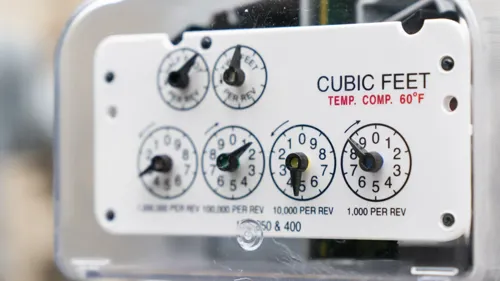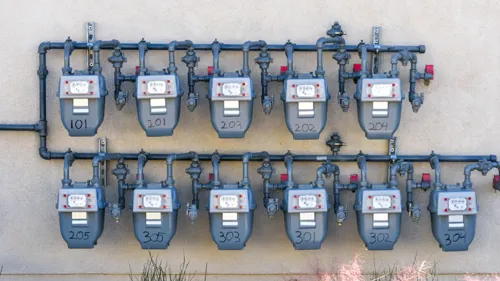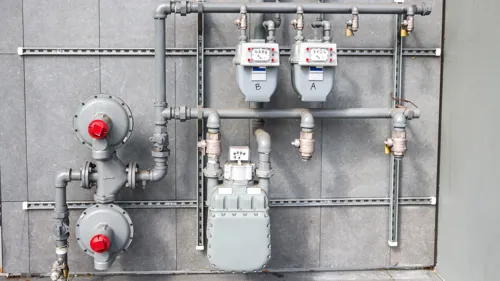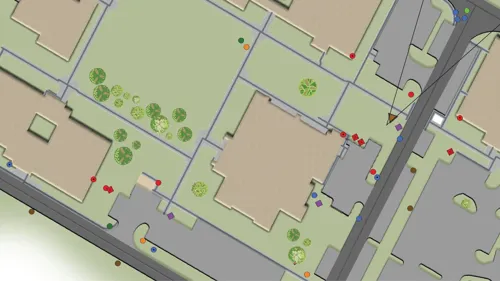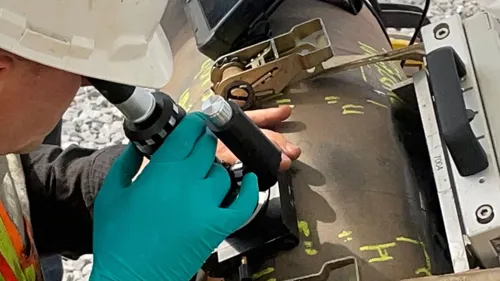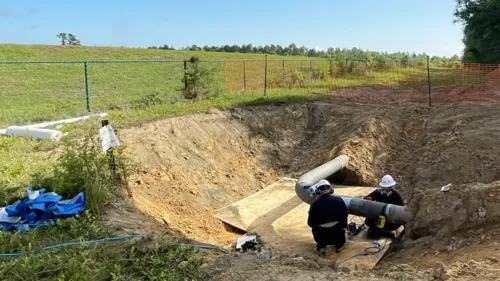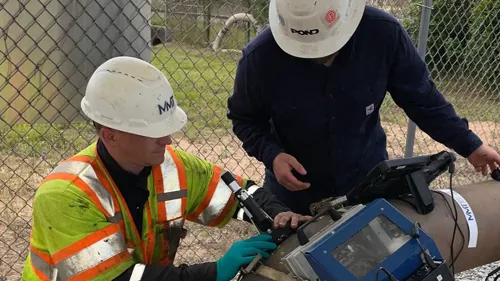Preparing a Framework for Installation Resilience with Unified Facilities Criteria and Unified Facilities Guide Specification Updates
Author:
Kandi Howell | Program Director | [email protected]

Introduction
The Department of Defense (DoD) is responsible for millions of acres of land and infrastructure across the world. Developing efficient processes for the engineering, planning, and design of these facilities is crucial for streamlining protocol for all DoD projects. To achieve this, the Unified Facilities Criteria (UFC) was created to provide written guidance to defense agencies for the design of each installation they own and operate.
Each UFC is generally used to reference one of the three following areas: planning, design and construction, or operations and maintenance. As dynamic, living documents, UFC materials undergo periodic reviews and updates to address the evolving priorities of the military and incorporate changes in industry best practices. One of these priorities centers around installation resilience to protect facilities and their assets from threats to their operation. Potential threats could include extreme natural events, severe weather, and land degradation. Identifying these risks is necessary for protecting assets from and ensuring optimal mission readiness.
Pond’s Framework for Reviewing, Creating and Updating Criteria
To support these proactive measures, Pond and its joint-venture partners are working with the DoD to maintain and develop current UFCs and UFGSs (Unified Facilities Guide Specifications). For over 50 years, our team has served the DoD in various capacities, which informs our understanding of the format and expectations of these UFC and UFGS modifications. Our experience in reviewing, creating, and editing the applicable criteria has provided insight into the document’s implications and the relational impacts of the correlating sections. Collaborating with various agencies within their respective programs is crucial, as well as the ability to convey guidance clearly and concisely.
Our work at over 200 installations has helped refine this approach and developed our subject matter expertise in providing UFC and UFGS guidance.
Pond has developed a systematic approach to UFC and UFGS review and creation that employs technical experts in combination with facilitating a tri-service review to gain consensus. Our process follows four guidelines:
- Understanding the existing criteria: Being well-versed in the existing contents of the UFC criteria document is the first step in being successful — whether you are editing the current document or generating a new one. It requires a team of PhDs, PEs, operators, and technicians who are familiar with the context of the content to approach even the most straight-forward of edits with the larger implications in mind.
- Researching and implementing based on industry-best practices: Each line of the criteria must be thoroughly reviewed before making suggested edits. Our team uses adept working knowledge and application of the UFC criteria to ensure the revisions make sense within the context of the comprehensive document. Our thorough oversight extends to editing all cross-references, figures, tables, and other elements to ensure the continued proficiency of the UFC.
- Criteria updates/editing: Leveraging our extensive design experience, Pond serves as a knowledgeable stakeholder in developing the criteria that leads DoD operations. This enables us to bring the latest in industry best practices and act as a resource when questions arise.
- Collaboration with the stakeholder team: Our team navigates the competing criteria and priorities of different agencies and builds consensus among the various groups’ edits and comments. Through the thoughtful structuring of deliverables, detailed cataloging, and careful consideration of review comments, the project team assesses all the factors to arrive at the most representative consolidation of unifying criteria.
Using this approach, our team provides recommendations for sustainable features to incorporate energy efficiency and resiliency into the designs. These features can include battery storage, microgrids, reduced voltage pump motor starts, LED lighting, and low-VOC coatings.
Our work at over 200 installations has helped refine this approach and developed our subject matter expertise in providing UFC and UFGS guidance. We strive to provide guidance and solutions that are sensitive to the long-term effects of each document and ultimately add long-term value to each installation. Learn more about Pond's regulatory compliance capabilities.





